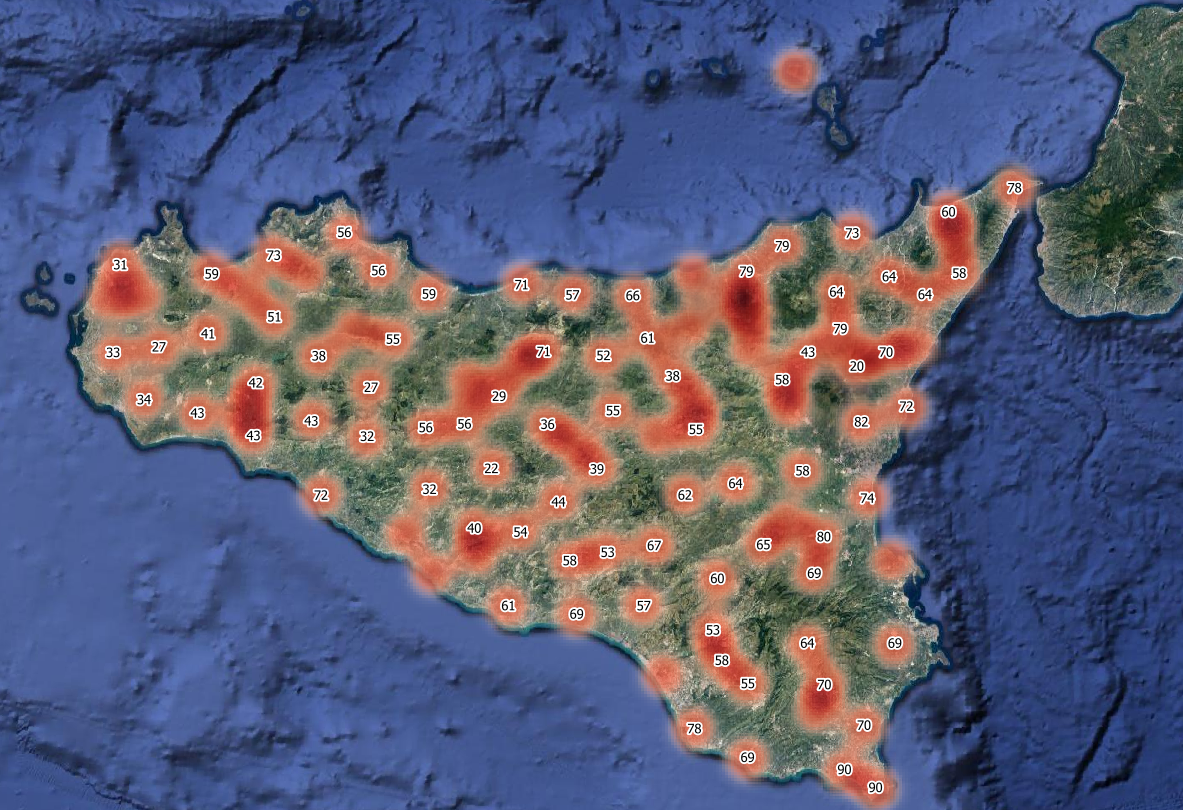CISFA uses Open Source Geographic Information Systems (e.g. QGIS) for meteorological, climate and environmental monitoring.
The G.I.S. or Geographical Information System is a tool that allows you to analyse, represent, query entities or events that happen in a specific territory. In the technology present within these software, they integrate with the common operations that can be carried out on spatial databases, such as searches, geometric and mathematical processing, statistical analyses, graphs. The functions of a G.I.S. such as the georeferencing of territorial data, their treatment and above all their representation in the form of cartograms or tables cut out on more or less large portions of territory, through their stylization and correlation in cartography.
These capabilities distinguish geographic systems from any other computing system by allowing users to have a tool that allows them to visualize and analyze information to explain events, plan, or design space infrastructure.
For all problems that have a geographical component, G.I.S allows you to create maps, integrate information, visualize even three-dimensional scenarios, solve complicated mobility problems and develop the most effective solutions.
For example, you will be able to locate any object on the ground or you will be able to study the evolution of the agricultural landscape or even study the paths of rivers over time.
Operations that are complicated if not impossible to carry out in the absence of this tool.
In particular, it uses these systems to:
- Related rainfall analyzes for areas at risk of hydraulics. In the figure, an example of an analysis developed starting from the data of the thermo-pluviometric stations present on the island, carried out through geometric analyzes defined as “Thyessen polygons” which depict the area of influence of the respective stations. The polygons that delimit the areas at hydraulic risk have been associated with the areas in order to deduce the possibility, based on average rainfall, or peaks, that problems of a hydrological/hydraulic nature could occur in the areas where rainfall is higher or is it more intense.

- Climatological analysis of the Mediterranean context. An example of processed data gave rise to a Heat Map (i.e. map of concentrations) starting from an average of the relative humidity data recorded by the individual stations, in a time interval between 1pm and midnight. Humidity data are very important because their evaluation over time allows us to discretize the climate trend of the Mediterranean basin towards greater or lesser desertification or tropicalization.

